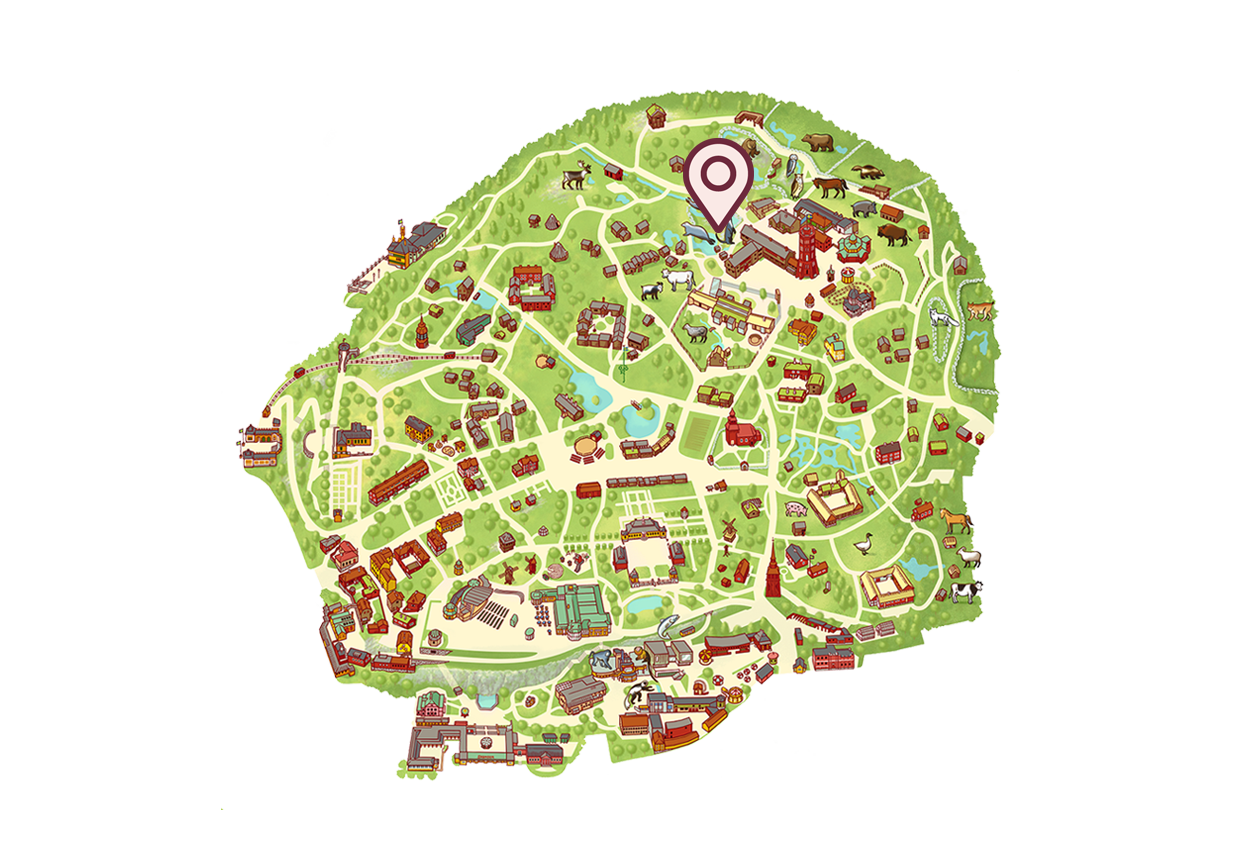Thrives in rivers and lakes, and on seashores
Otters are territorial, and the male’s territory can extend up to 45 kilometres along a river or shoreline. The female’s territory is smaller, and is usually within a male’s territory. Otters thrive in rivers with low water levels and dense vegetation along the shoreline, but also along seashores and in lakes. In the winter, otters like to slide in the snow. This has previously been interpreted as playing, but it may also be a form of scent marking. In the summer, they mark their scent by rubbing their abdomen on the ground and marking with droppings and secretions from the anal glands. These have a distinctive oily odour. Otters nest in natural hollows at the edge of the shore, preferably with an underwater entrance. They sometimes dig out a nest on their own, but this is unusual. The otter is usually silent, and only vocalises during mating and when it has young. It can then be heard whistling, growling and snuffling. The otter is active at night, but can also be awake during the day in undisturbed areas.
Swims at the age of two months
Females are sexually mature at two years, and can then mate. Swedish otters are generally in heat from February to April. After about 60 days of gestation, the female gives birth to between one and six young in a burrow close to the water. The young can begin swimming at two months of age, and are weaned at around three months. They stay with the female for just over a year.
Environmental toxins, hunting and habitat destruction
The otter has been hunted for its valuable skin, but also because it was seen as competing with coastal fishing. More recent studies have shown that this competition is insignificant, as otters mainly feed on fish that are of little economic importance to humans. Otters can, however, damage fish farms.
Growing in number
Up until the 1950s there were plenty of otters throughout Sweden. However, the species then declined sharply due to environmental toxins, hunting and the destruction of otter habitats, for example through draining wetlands. At the end of the 1980s otters began to be introduced into watercourses, and recent inventories have shown that the otter is making a comeback.
The otter is classified as ‘Near Threatened’ according to the Swedish Species Information Centre’s red list.
